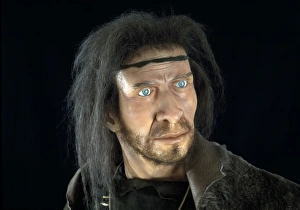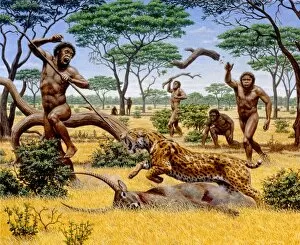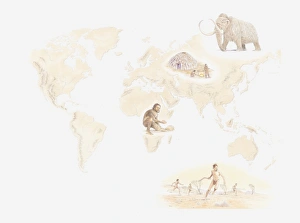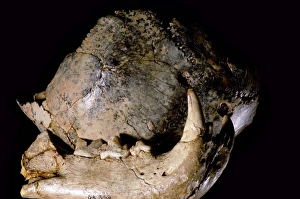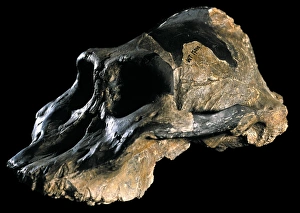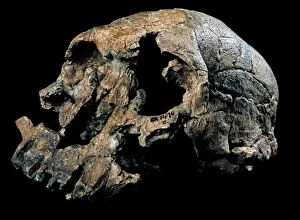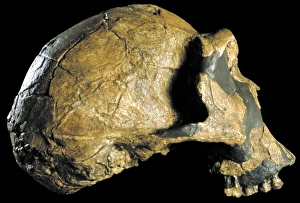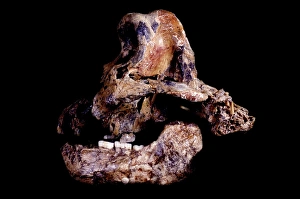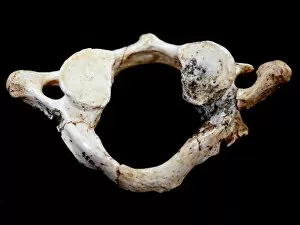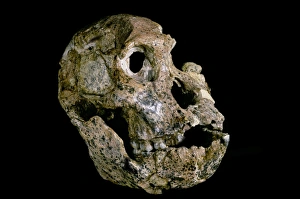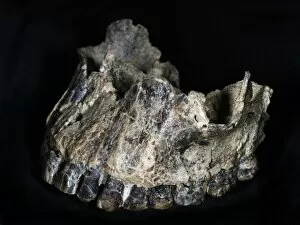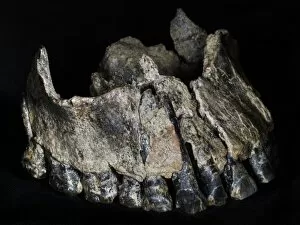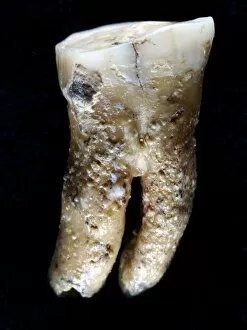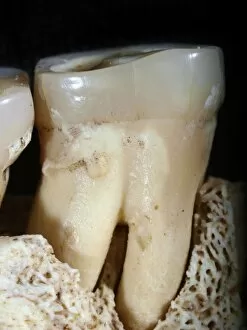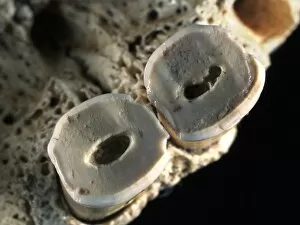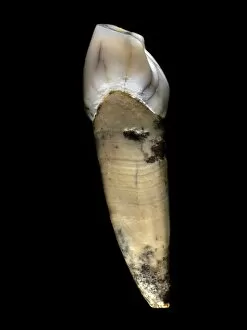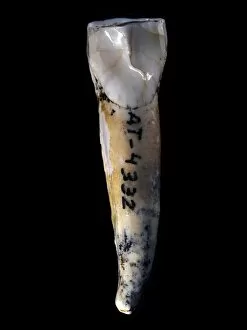Human Evolution Collection (page 2)
"Unveiling the Tapestry of Human Evolution: A Journey through Time" Embarking on a captivating journey, we delve into the intricate stages of human evolution
All Professionally Made to Order for Quick Shipping
"Unveiling the Tapestry of Human Evolution: A Journey through Time" Embarking on a captivating journey, we delve into the intricate stages of human evolution. From the dawn of time to our modern existence, this remarkable transformation has shaped who we are today. We begin with prehistoric discoveries that shed light on our ancestors' ingenuity and adaptability. The invention of the spear-thrower marked a significant milestone in early human development, showcasing their resourcefulness and hunting prowess. Tracing back millions of years, we encounter the astonishing Laetoli fossil footprints imprinted by Australopithecus afarensis. These ancient tracks offer us a glimpse into their bipedal locomotion, revealing how they walked upon Earth's surface long before us. Through mesmerizing artwork depicting Australopithecus afarensis and Australopithecus africanus females, we witness their physical features and speculate about their social dynamics within primitive communities. The struggle for survival becomes vivid as we observe an intense scene—an awe-inspiring scimitar cat attacking a hominid. This depiction reminds us of the challenges faced by our ancestors during their evolutionary journey. Artwork further guides us along this transformative path, illustrating various stages in human evolution. Each stage represents pivotal moments where anatomical changes occurred over millennia—shaping Homo sapiens as we know them today. In 1881 Charles Darwin's portrait after Collier serves as a reminder of his groundbreaking theory on natural selection—a cornerstone in understanding our place within this grand narrative. Our exploration takes an intriguing turn with Sahelanthropus tchadensis skull—the earliest known representative from the hominin lineage—providing crucial insights into our common ancestry with chimpanzees and bonobos. Homo heidelbergensis emerges next—a species bridging gaps between earlier hominins and modern humans—showcasing advancements in tool-making abilities while adapting to diverse environments.

